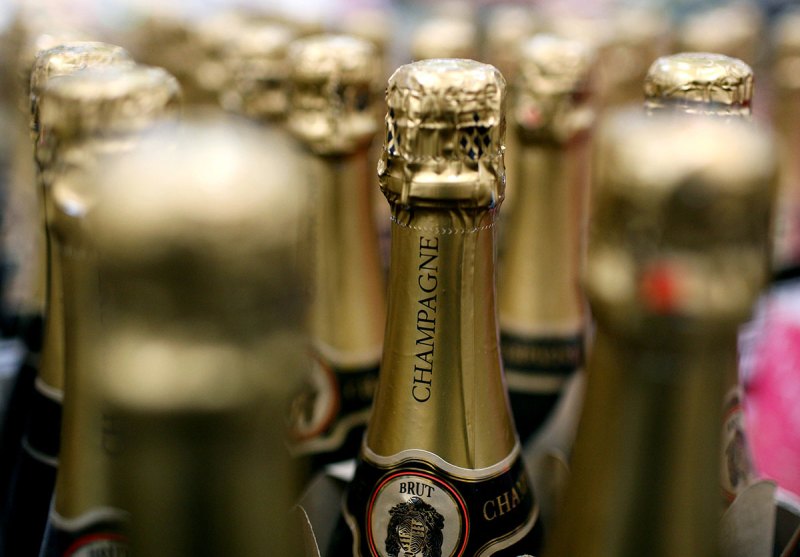
Champagne might be best known for its appearances at celebratory functions like weddings, New Year’s Eve parties, or when you bought that new yacht. But it’s also a highly collectible spirit, one that realizes tremendous values at auction, if it’s from the correct maker, vintage, and place. Christie’s recently had its in-house champagne experts, Tim Triptree, discuss what one needs to accomplish when picking the best-of-the-best bubblies.
It’s All About Location, Location, Location
Champagne is called “champagne,” because it’s from the northeastern region of France called—you guessed it—Champagne. Although there are a ton of brands out there that claim to be the real McCoy, EU law prohibits those not located in that part of France from marketing themselves as “champagne.” In short, get it from the source.
Know Your Makers
The top champagne makers on the market are single-vintage producers like Krug or James Bond‘s favorite, Dom Pérignon. Over the last decade, small-batch producers have also reached the big-time among collectors. The next time Christie’s does a rare wines and spirits auction, look out for names like indie producer Jacques Selosse.

Know Your Definitions
A “prestige cuvée” is the type of champagne that only comes about once in an incredible harvest and is the highest of echelons, as far as bubbly goes. A “non-vintage” is a champagne that’s made from a multiple of harvests, making it much more common. That doesn’t make them any less amazing, but the best way to know you’ve come across a “prestige” vs. a “non”? It has a date etched on it somewhere. Think of it like the numbered chassis on a vintage ride.
Taste Is Everything
If you’re the type of person that thinks all champagnes taste the same, you’ve probably never tried a “prestige.” Says Triptree: “A good prestige cuvée really is exceptional—you can certainly taste the difference.”
Serve It Up Like Wine
Although the flute has gotten top billing at most champagne-swilling events throughout history, Christie’s Triptree notes that the best way to enjoy a vintage bubbly is in a normal wine glass. It also shouldn’t be chilled. If it comes to you dripping with condensation, let it sit: Its true taste will develop as it warms up a bit.
Read more pro tips from Christie’s champagne expert here.
Every Thursday, our resident experts see to it that you’re up to date on the latest from the world of drinks. Trend reports, bottle reviews, cocktail recipes and more. Sign up for THE SPILL now.




















